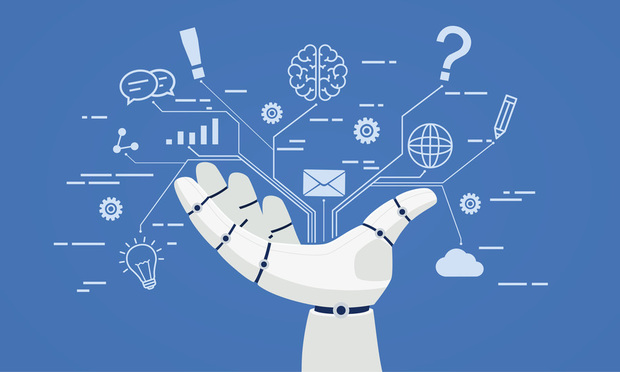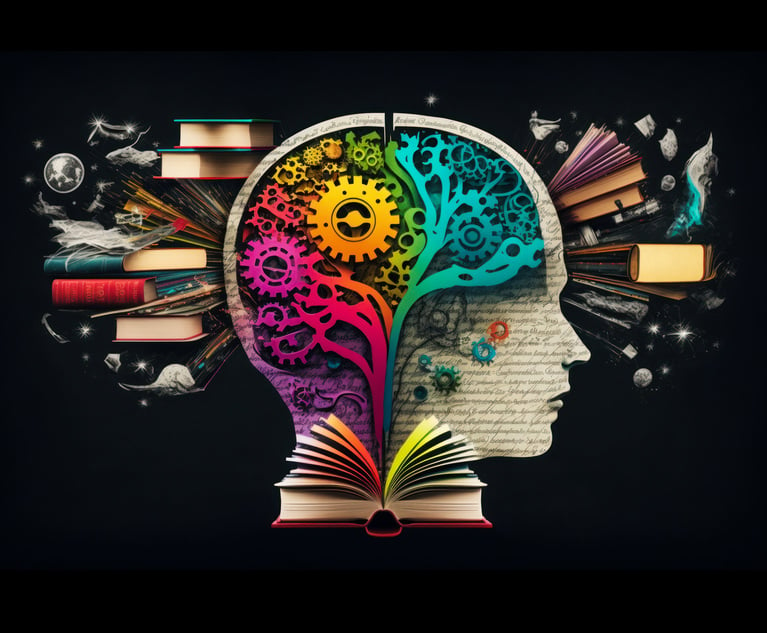As digitalization penetrates nearly every facet of our lives, the legal industry faces some monumental challenges. The massive amounts of data that lawyers need to search, navigate and absorb—including but not limited to legal evidence, litigation data, legal source materials, background research documents, practice area guidance and more—add complexity to even the most mundane tasks.
The sheer volume of information is unprecedented, and the size of the task is “machine scale,” which is to say that it is well beyond human capabilities. To keep pace, we need increasingly powerful and sophisticated algorithms to mine the data, organize it and identify meaningful patterns. These are big challenges, but the payoff can be significant. When AI is deployed appropriately with proper oversight, it helps us make connections we couldn’t see before, leading us to new legal and business insights, and providing quick and accurate answers to the questions we have as we try to solve legal problems. But teaching machines how to interpret “legalese” is nearly as challenging as the task it is trying to solve.







